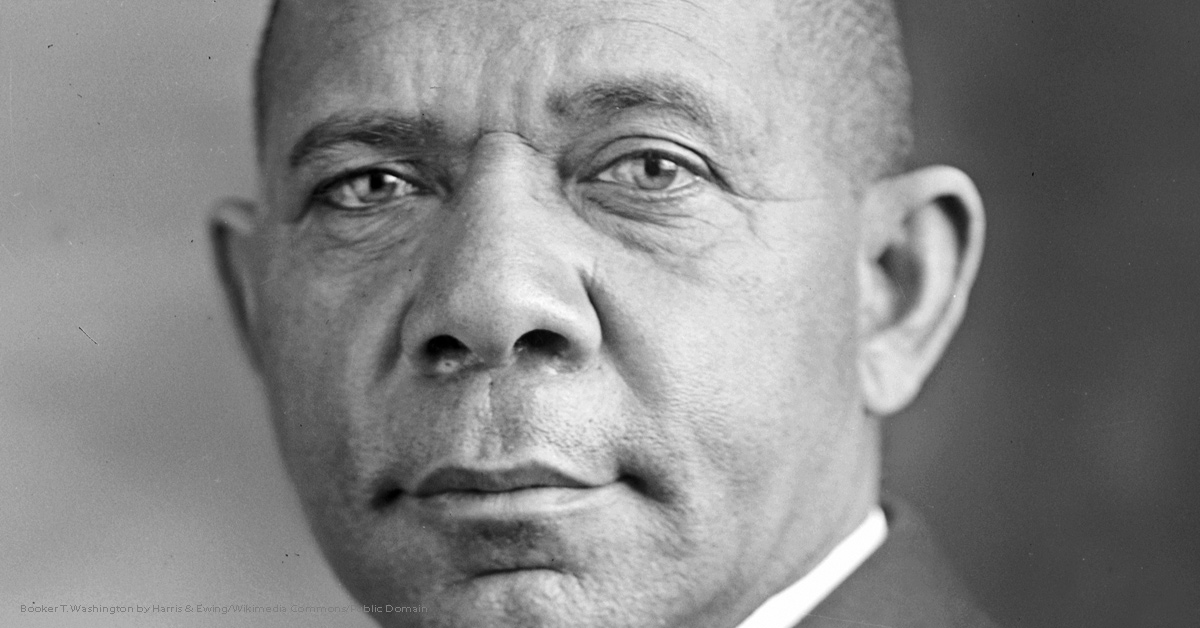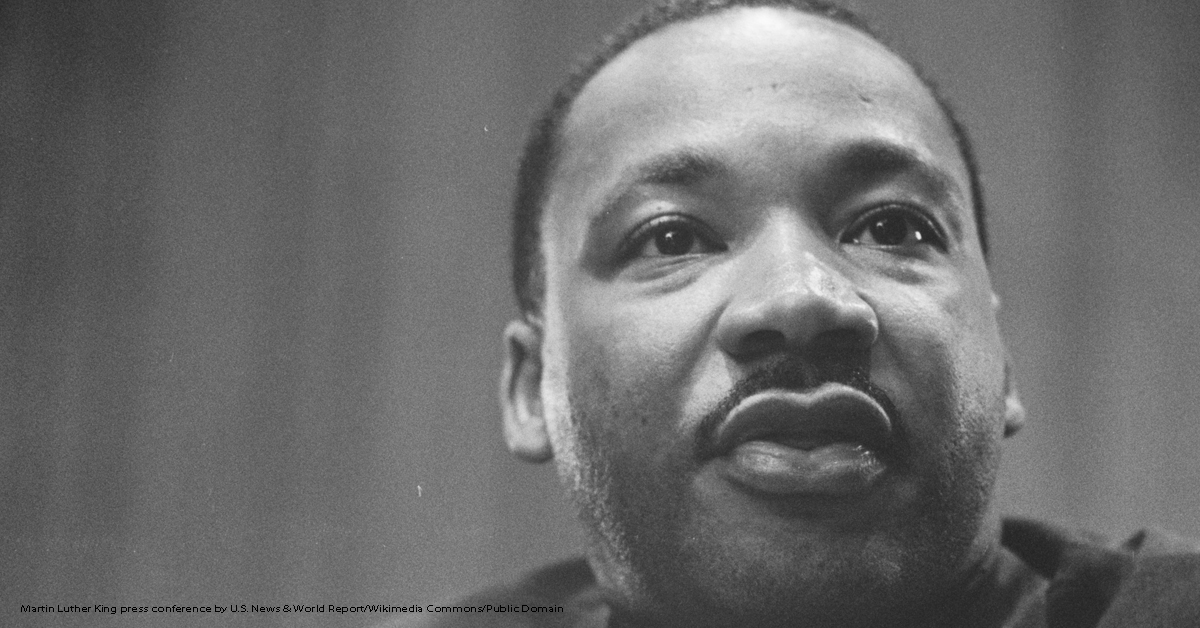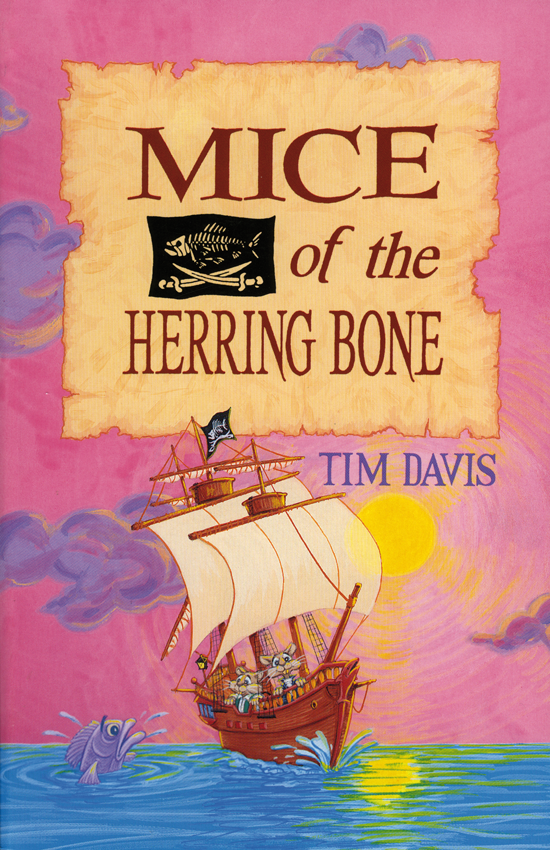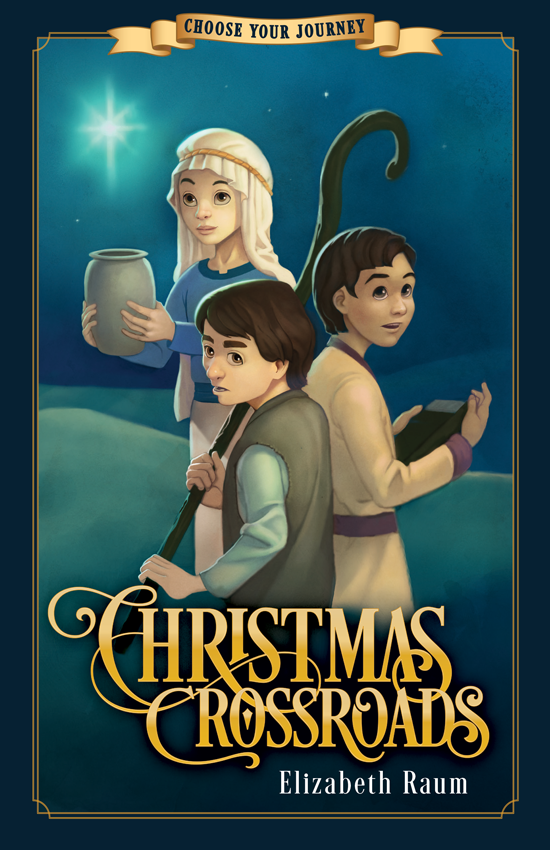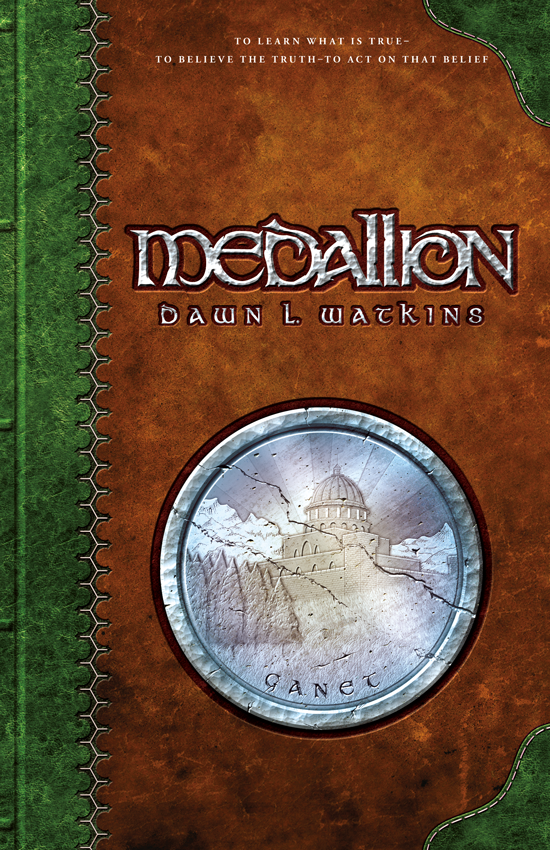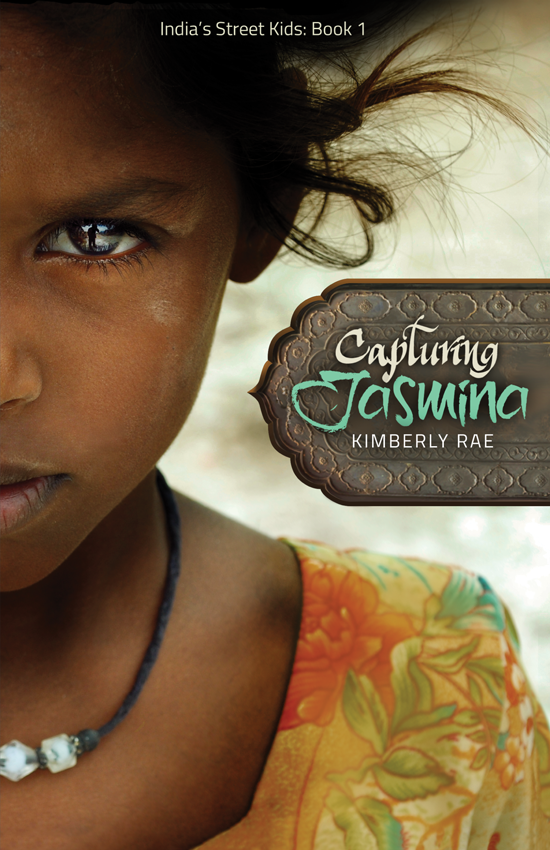We could argue that paragraph writing is a lost art these days. Technology has brought about huge changes in written communication. From status updates to texting, messages seem to be reduced down to abbreviations. But does that approach work for your child’s writing project? Maybe, maybe not.
The answer mainly depends on how well the entire written message communicates. And that’s where the need for paragraph writing comes in.
Paragraph Definition
A paragraph sets up a logical flow of complete thoughts (sentences) about a particular topic. The first sentence gives the main idea of the paragraph. All of the other sentences tell more about that idea.
In its simplest form, the paragraph includes these three elements: a topic, a topic sentence, and supporting sentences. Once your child has developed some writing and grammar skills, the sentences should also add interest and explain details.
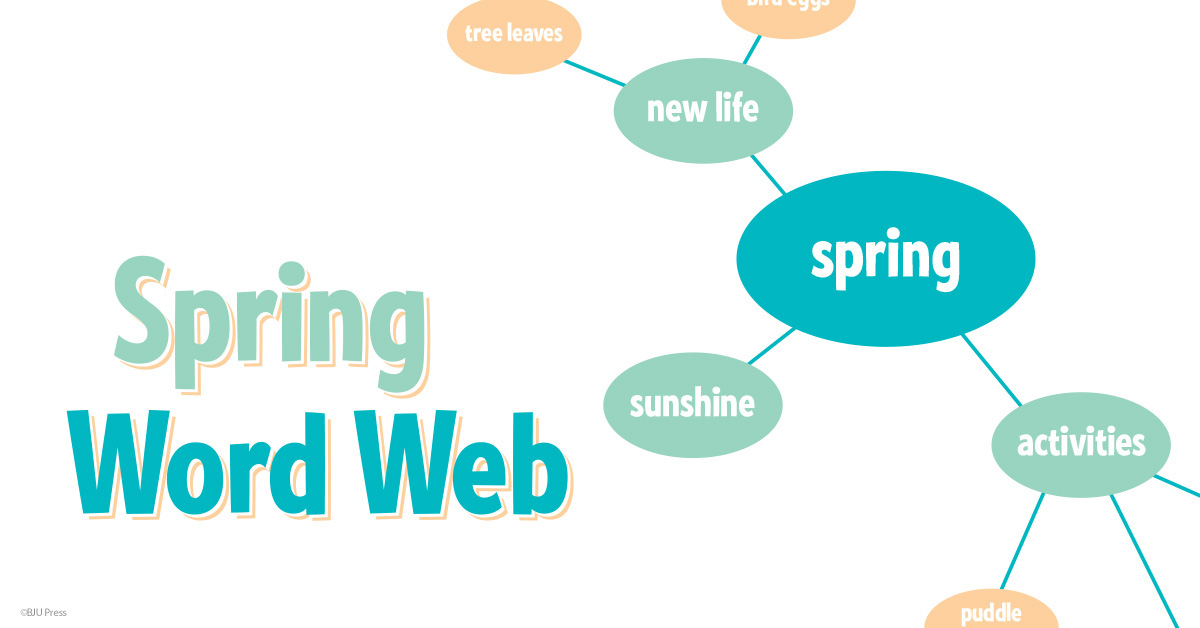
Writing Activity
You can introduce the paragraph to your child by using this word web about spring. The first sentence of the paragraph should introduce the season and the main idea of the paragraph. Each sentence that follows adds more detail about the main idea.
Mastering paragraph writing looks different for each child, but this foundational skill is typically developed in second or third grade. By communicating his thought process through the use of multiple paragraphs, your child can launch into more advanced types of writing such as personal narratives, book reports, letters, and creative stories.
Extra Practice
If your child needs some extra practice in paragraph writing, assign a paragraph topic and then discuss these questions with him when he’s finished writing.
- What’s the main idea?
- Does the first sentence give that idea?
- Are the sentences written in an order that makes sense?
- What else would you like to know?
Having him read the paragraph aloud will allow him to see if the flow of thoughts is logical. Repeating these steps strengthens your child’s understanding and application of the paragraph so that he can then be guided through the five-step writing process.
Writing projects should be simple at first and then build on your child’s skills as he matures in his writing and grammar. Teaching writing this way helps prepare him for the next writing project without overwhelming him. It also places emphasis on communicating a clear written message, which is something Christians need to be good at doing.
Find writing exercises and projects like the ones suggested above in BJU Press elementary English.
